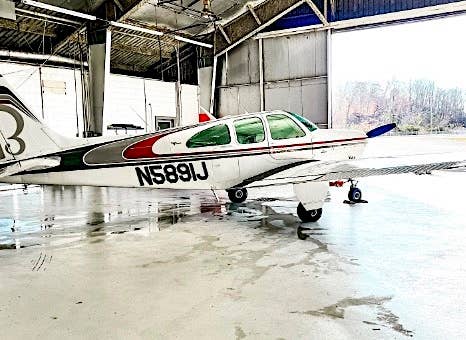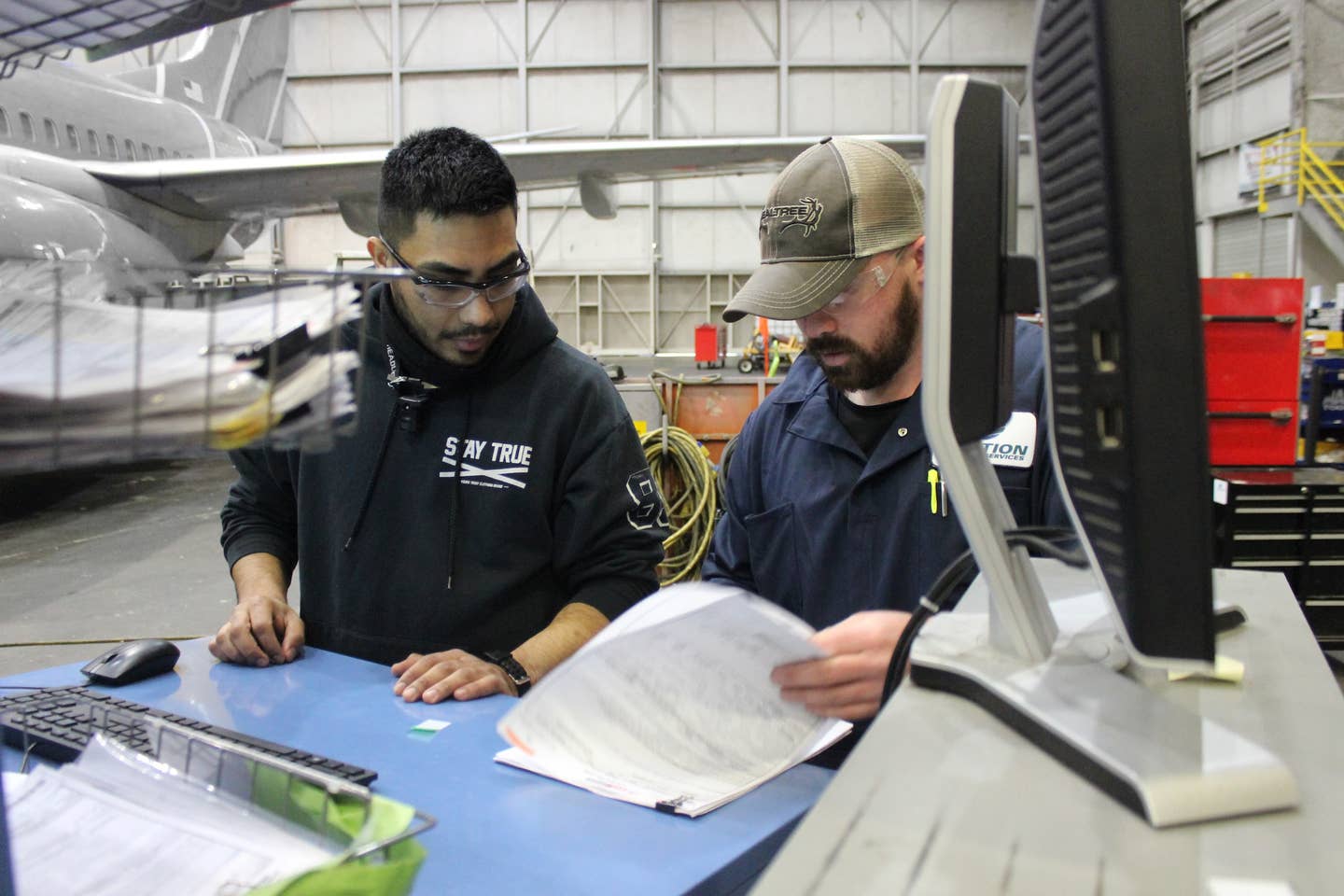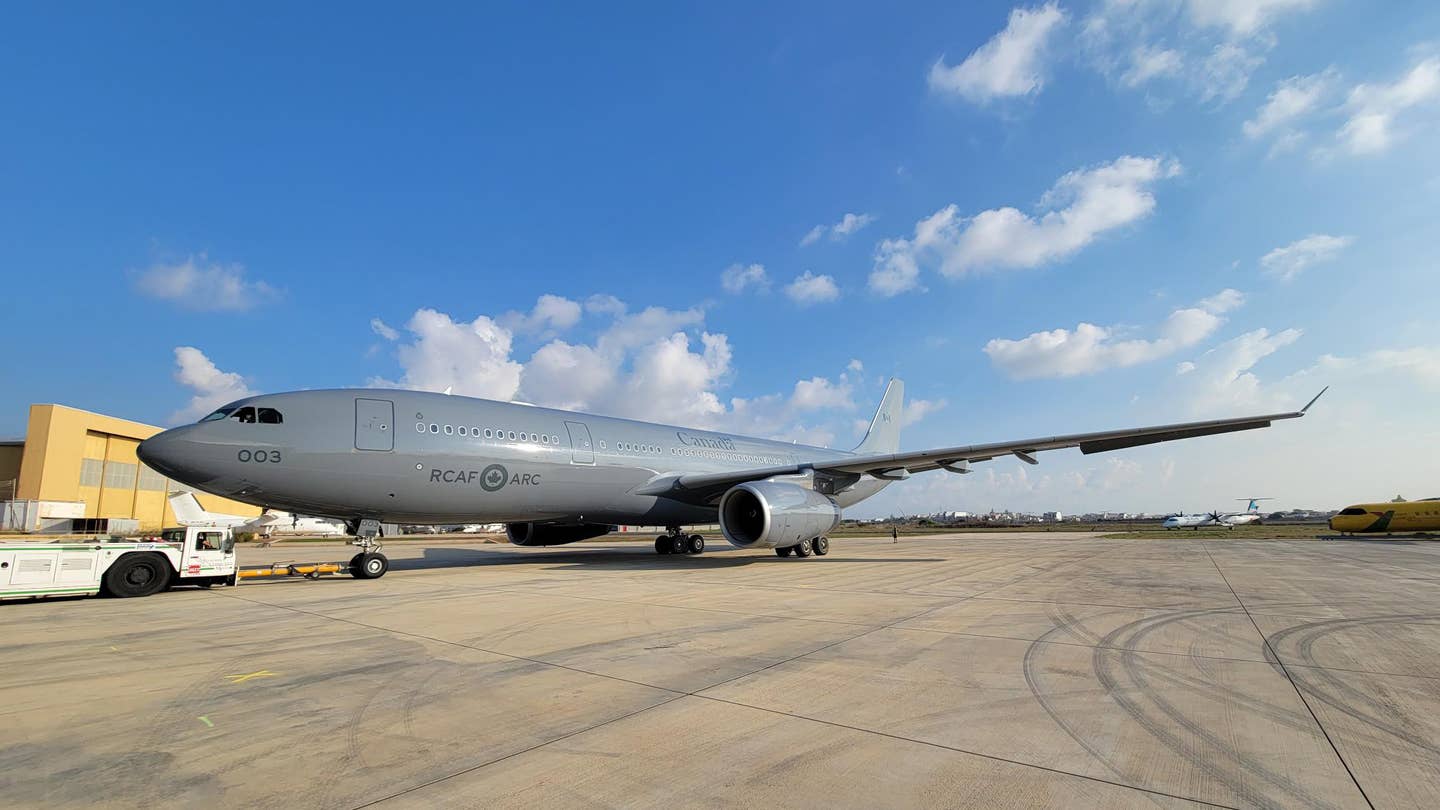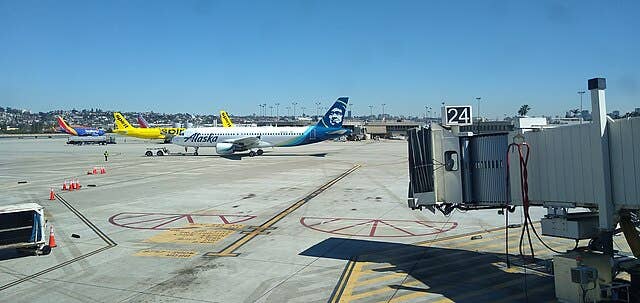NTSB Report Contains Key Information On High-Profile Accident
The tragic double-fatal crash of a high-performance airplane could potentially have easily been avoided, according to one of the top experts in the field. The National Transportation Safety Board has…

Image from Jenny Blalock’s Instagram post.
The tragic double-fatal crash of a high-performance airplane could potentially have easily been avoided, according to one of the top experts in the field. The National Transportation Safety Board has released its preliminary report (text available here on the Aviation Safety Network) on the Dec. 7 crash of a 1965 Beechcraft 35-C33 Debonair that killed YouTube personality Jenny Blalock, 45, the pilot, and her 78-year-old father James Blalock. The flight began at the aircraft’s home base at Knoxville Downtown Airport (KDKX), Knoxville, Tennessee, and was headed for Saline Country Regional Airport (KSUZ), Benton, Arkansas, for an avionics upgrade. Weather was clear with light winds throughout the planned route of flight.
In YouTube videos in the weeks before the accident, Jenny Blalock had recorded her efforts to experiment with and understand the Debonair’s Century 2000 autopilot. Notably, the videos show that the aircraft was not equipped with electric trim, so she needed to learn that trim adjustments to coordinate with the autopilot required manual actuation.
Flight data shows that a little over an hour into the flight, the aircraft began a series of altitude fluctuations, culminating in a steep descent that showed a descent rate of as high as almost 12,000 feet per minute and a groundspeed of 228 knots. Witnesses said the airplane appeared to be in a steep, steady dive right up to impact in a wooded area. No one on the ground was injured.
The NTSB preliminary report reveals that examination of the wreckage showed the elevator trim was set to a 5-degree nose-down setting. Tom Turner, executive director of the American Bonanza Society (ABS) and longtime instructor, told AVweb in an email: “A 5-degree down-nose trim would be enough force to cause a rapid, startling and dramatic downward pitch movement. Depending on the specific autopilot installation, manually moving the trim to this position might have been enough to disengage the autopilot, handing the radically out-of-trim airplane to the pilot unexpectedly. However [it was that] the autopilot disengaged (assuming it was engaged at the beginning of the accident sequence), if not aggressively corrected by the pilot such a trim setting would have set off a series of pitch oscillations that may have unfolded as those described in the preliminary accident report.”
While her flight experience is not confirmed, Jenny Blalock posted on social media on Sept. 12 that she “hit over 400 hours!" and that she expected to be completing instrument training "soon" to "broaden my aviation horizon!"
Turner’s response to AVweb concluded with: "a good instructor’s checkout should have included the steps to recover from a radically out-of-trim condition. I stress this procedure in transition and recurring training and emphasize it to ABS’s Beechcraft Pilot Proficiency Program instructors and students.
“If in fact this crash developed from an autopilot disengagement or a manually set elevator trim, it was tragic in the classic sense in that it did not have to happen.”






